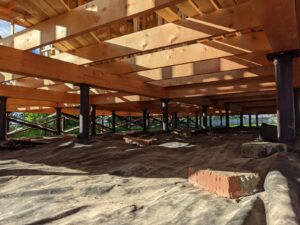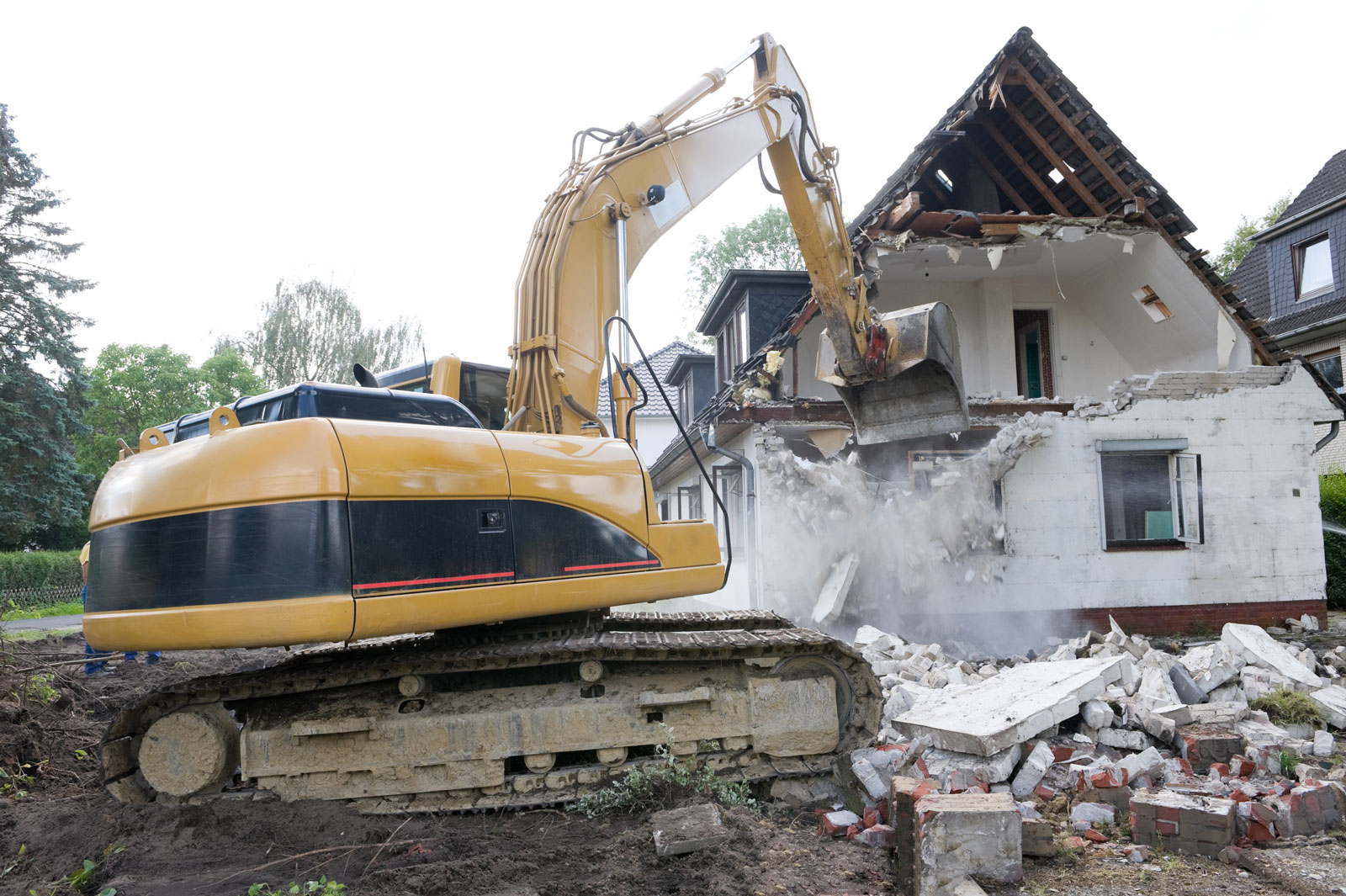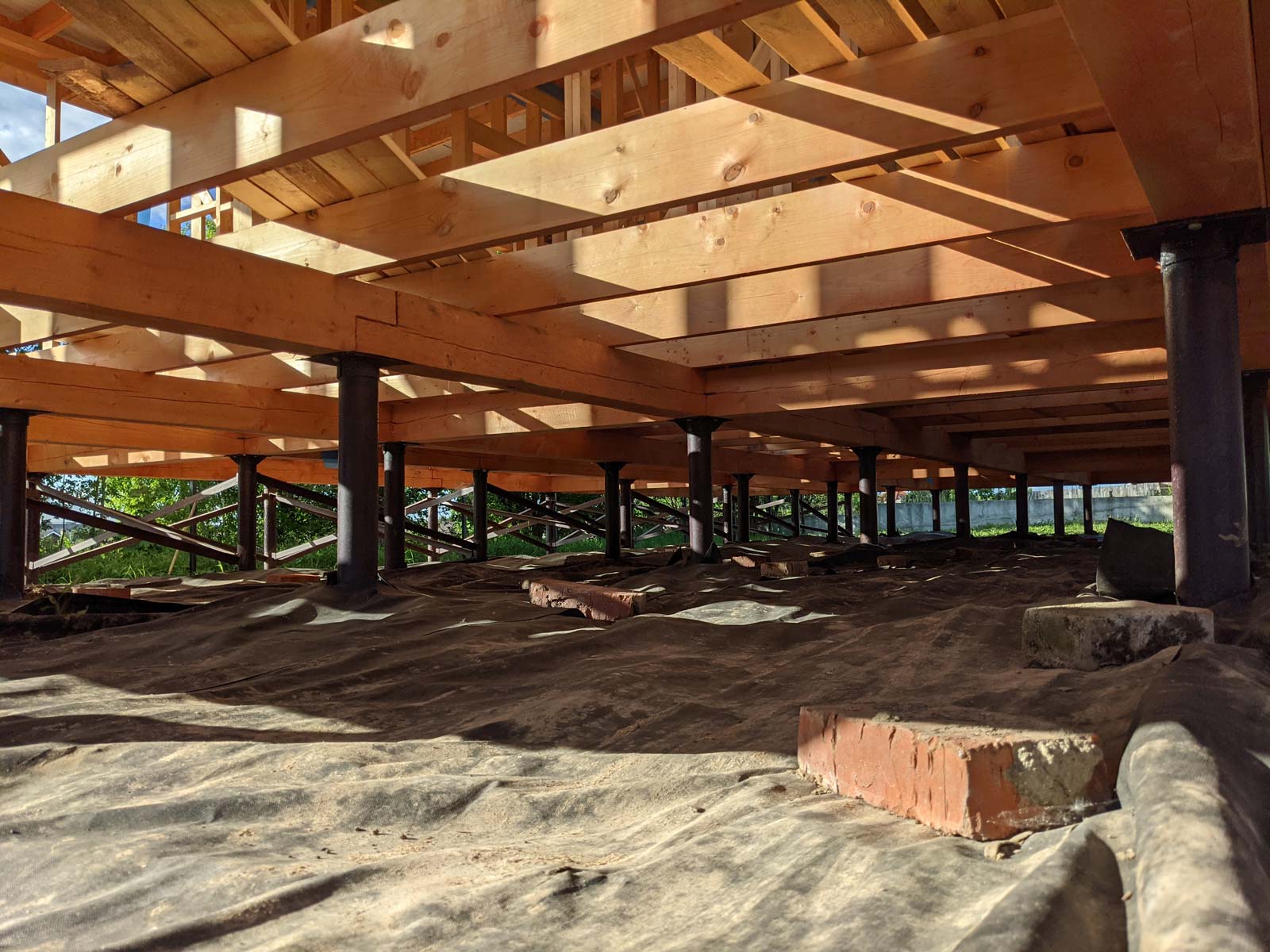Embarking on a construction project requires a solid foundation, and wooden pilings provide just that. Dive into the intricacies of the piling process with this comprehensive guide, designed to give you a clear understanding of every step involved.
Step 1: Site Assessment and Preparation
- Soil Testing: Assessing the soil composition to determine the appropriate piling type and installation method.
- Clearing the Site: Removing any obstructions to create a clean and safe working environment.
FAQs:
- Q: Why is soil testing important?
A: Soil testing ensures that the pilings are suitable for the ground conditions, providing a stable foundation.
Step 2: Choosing the Right Materials
- Types of Wood: Understanding the different types of wood and their properties.
- Preservatives and Treatments: Ensuring longevity and durability of the wooden pilings through appropriate treatments.
FAQs:
- Q: What type of wood is best for pilings?
A: The choice depends on the specific conditions of the site and the requirements of the project.
Step 3: Piling Installation Techniques
- Driven Piles: Using a pile driver to install the pilings.
- Bored Piles: Creating a hole for the piling to be placed into.
- Jetting: Using water to assist in piling installation in certain soil types.
FAQs:
- Q: What determines the choice of installation technique?
A: The soil condition, type of piling, and project specifications all play a role in determining the installation method.
Step 4: Ensuring Stability and Integrity
- Load Testing: Verifying the piling’s ability to bear the structure’s weight.
- Regular Inspections: Conducting inspections to ensure ongoing stability and address any potential issues.
FAQs:
- Q: How often should pilings be inspected?
A: It depends on the environmental conditions and type of structure, but regular inspections are recommended.
Step 5: Finalizing the Installation
- Cutting to Height: Ensuring all pilings are at the correct height for the structure.
- Cap Installation: Adding caps to the pilings to distribute the load evenly.
FAQs:
- Q: What is the purpose of piling caps?
A: Piling caps help to distribute the load of the structure evenly across the pilings, adding to the foundation’s stability.
Understanding the wooden piling installation process is crucial for a successful construction project. With RS Demos and Pilings, you have a partner committed to excellence from site preparation to the final installation, ensuring your project stands on a solid foundation.









